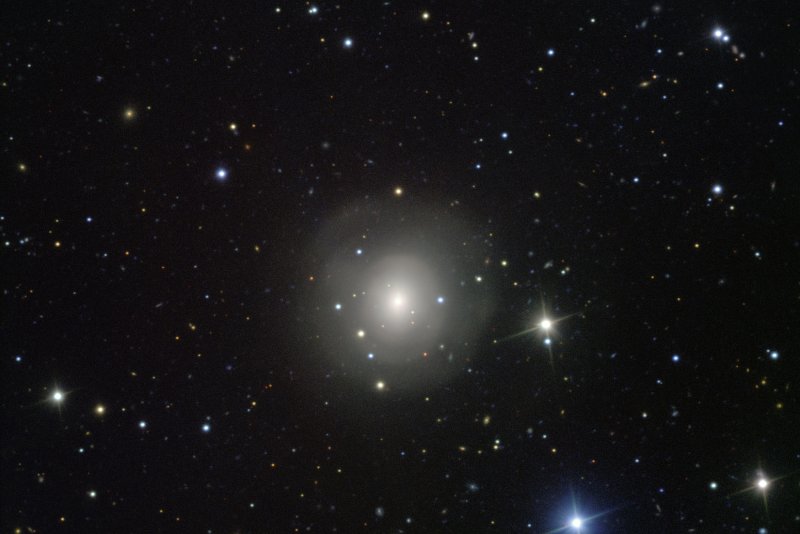
A Canadian research program has discovered 25 repeating fast radio bursts and 14 potential repeaters. The Canadian Hydrogen Intensity Mapping Experiment’s fast radio burst project doubled the number of known fast radio bursts, which are believed to result from the explosions of stars originating outside of the Milky Way galaxy. The origins of these radio signals are still unknown, and few among them have been determined to repeat. The different types of fast radio bursts have several more characteristics that distinguish them from each other, including their frequencies.
The discovery of a larger pool of repeating fast radio bursts can help determine if they share a similar origin to those that do not repeat, and may provide insight into the origins of these mysterious signals. The research team has observed all of the known repeating bursts, although many of them only repeat once a week. According to the Dunlap Institute for Astronomy and Astrophysics, the identification of likely associated galaxies for two of the repeating sources is exciting, as it allows for the detailed investigation of their nature.
The CHIME radio telescope and others like it have greatly increased the number of fast radio bursts observed in recent years. The ability to accurately calculate the probability that two or more bursts coming from similar locations are not just a coincidence is a critical step in understanding the origins of these signals. Dr. Ziggy Pleunis, a Dunlap postdoctoral fellow, said in a statement that these new tools were essential for this study and will also be very useful for similar research going forward.
While thousands of fast radio bursts have been discovered, the origins of these mysterious signals remain unknown. The recent discovery of repeating bursts is a significant step forward in understanding these signals, and the identification of their sources may help answer some of the questions surrounding their origins.